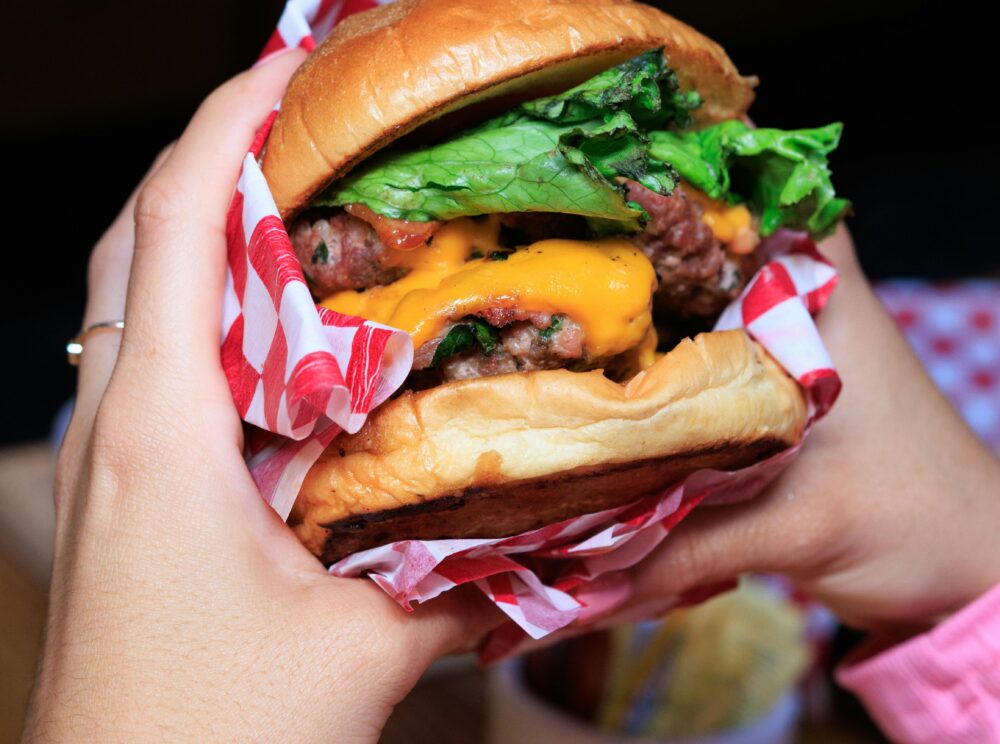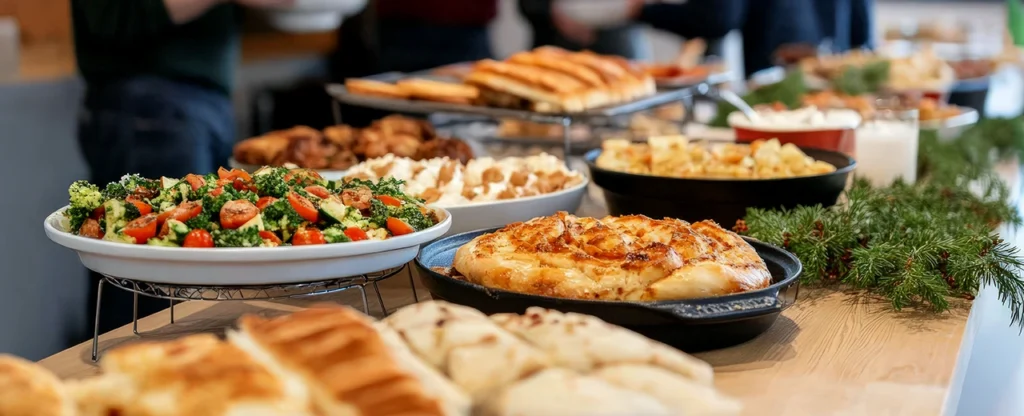
4 Ways to Appeal to Your Target Market
To identify a target market, operators often look to specific generations. Baby Boomers, Gen Xers, Millennials, and Gen Z customers all have different food and dining attitudes, habits, and preferences.
Laurie Demeritt, CEO of The Hartman Group, weighs in on relying on generational distinctions – “What we’re finding now is that many macro trends are shared across generations. They might just manifest in different ways in terms of specific needs and operational executions, but the trends are very applicable across almost all demographics.” Once operators have a grasp on overarching themes, they can develop their menus, strategize, and market more effectively.”
1. Leverage Beverages
Demeritt believes beverages are highly underutilized in foodservice. Millennials, followed closely by Gen Z, are the most interested in natural foods and beverages as well as craft items. If these are your target demographic groups, explore the highly profitable beverage category, including functional beverages, such as those with added protein. Consumers have increasingly viewed nutrient-dense beverages as snacks, and now as a meal in venues outside of foodservice.
2. Find the Right Size
“Menu items that in the past might have been considered a meal could now be very relevant as a snack, so operators might want to have different types of sizing,” says Demeritt. “Some of the traditional dinner or lunch items might be optimal snacks if sized down a bit.” With consumers eating 4 to 5 snacks per day on average, snacks and smaller plates are a booming opportunity for Fast Casual operators.
“We look at massive samples of consumers and how they are eating and we’ve found that a full 50% of all eating occasions are now snacks.” – Laurie Demeritt, The Hartman Group, CEO
3. Attract Procrastinators
Restaurant websites are the most used source for venue decisions followed by mobile apps. Although Millennials are the most frequent users of these technologies, as Generation Z gets older, they will likely be tasked with venue decisions. All generations value restaurant accessibility, but convenience is particularly important to Gen Xers. Demeritt describes the consumer’s perspective when evaluating restaurant options: “One of the figures in our database that was really striking to me is that 63% of all decisions about what to eat across the entire day are made within an hour of consumption. Consumers are waiting until the last minute not just because they don’t have time but because it’s not as much fun to plan what they’re going to eat tomorrow night. They don’t know what they’re going to feel like.”
4. Develop Your Brand Image
Customers seek quality food and beverages, but they also want to converse about what they are eating and why. Whether it’s how fresh the menu’s ingredients are, how well operators treat employees, or how the food is made from scratch, over 90% of customers find these food story lines appealing. Additionally, Demeritt explains operators can pull from narratives such as local sourcing or sustainability. Another strategy is to showcase employees’ value as food artisans. If an item is hand-rolled, hand-spun, hand-decorated – call that out on the menu.
Sources: Nestle Professional | Datassential CPP – Generations, 2015 | Datassential, Snacking Keynote, March 2017 | Datassential, CPP, 2015









